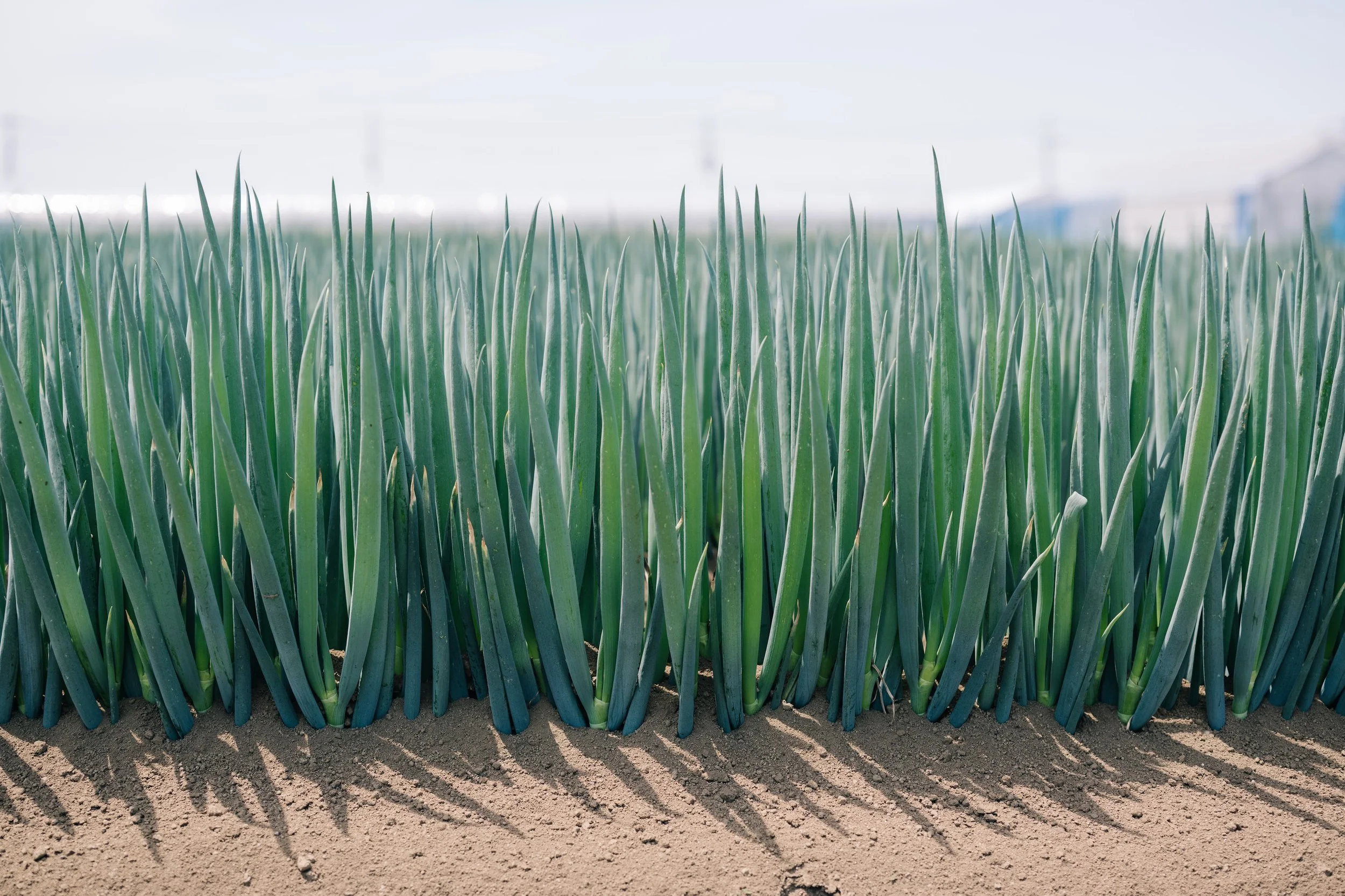
NEGI
A staple of Washoku, grown similarly to a leek.
Allium fistulosum
Succulent, fresh and fragrant – Negi has been cultivated in Japan since antiquity. It is found in many traditional Japanese dishes. This allium (related to onions and leeks) is distinguished by its long, sleek white stalks and hollow green tops. Like an onion, Negi has a core covered with layers that are succulent and flavorful when cooked.
COOKING WITH NEGI
Boasting a garlic-like aroma and sweet, earthy flavor profile, Negi is used to bring out the savory notes in meat, fish and vegetable dishes without overpowering them. Traditionally served as part of the Negima Yakitori, grilled negi pairs well with meats such as seared steak, pork chops and poultry. Negi can be substituted for leeks in pot roasts, onion tarts, potato gratins and casseroles for a hearty, slightly sweet flavor.
Negi is used as an aromatic – perfect for sprinkling over udon, ramen and soba and garnishing. Use negi as you would scallions or green onions in omelets, sauces and sautés, and as a topping for pizzas, soups and salads.


